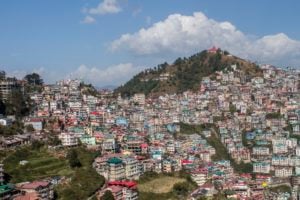For Humaira Qureshi, a doctor in charge of a government-run mother and child health (MCH) centre in the bustling city of Hyderabad, Sindh, life has transformed since solar power and a back-up battery were installed at her clinic four years ago.
Her team at the Marvi Garden primary health facility is “less irritable, exhausted” and more focused as the uninterrupted supply means they are not “wiping the sweat off their brows” as they did when the lights went out – much like they do intermittently in many parts of Pakistan.
While they are happy to hear the continuous whirring of the medical equipment, the staff is also relieved that members no longer have to turn patients away because of power outages.
As a sonologist, Qureshi takes pride in the state-of-the-art ultrasound machine at the clinic. However, prior to the solar panels, her fears centred on the harm sudden voltage fluctuations could do to the machine which is instrumental in the early prognosis of breast and cervical cancers as well as uterine anomalies.
It saves the lives of scores of women who are otherwise too poor to get these tests doneHumaira Qureshi, in charge of a Mother and Child Health centre in Hyderabad, Sindh
The primary health centre faces prolonged power outages which can last up to eight hours. Across the country, essential facilities such as hospitals often use diesel-fuelled generators as back-up power supply.
A solar solution
In 2007, under a public-private partnership (PPP) model, the provincial government handed over a few of its primary healthcare facilities to a non-profit, PPHI-Sindh. Fourteen years later, it is managing 1,200 of the 2,000 government-run health facilities in all 29 districts of Sindh.
Marvi Garden is one of them, located in the most congested part of Hyderabad – the second most populous city in Sindh, with a population of 1.73 million. Once a two-room government dispensary which ran for just six hours, six days a week, it has now expanded to a 24/7 facility, with a training institute and a laboratory all under one roof. It caters to over 60,000 people in the Qasimabad area of the city.
On average, 2,500 women and their babies visit each day, with an average of 100 births every month.
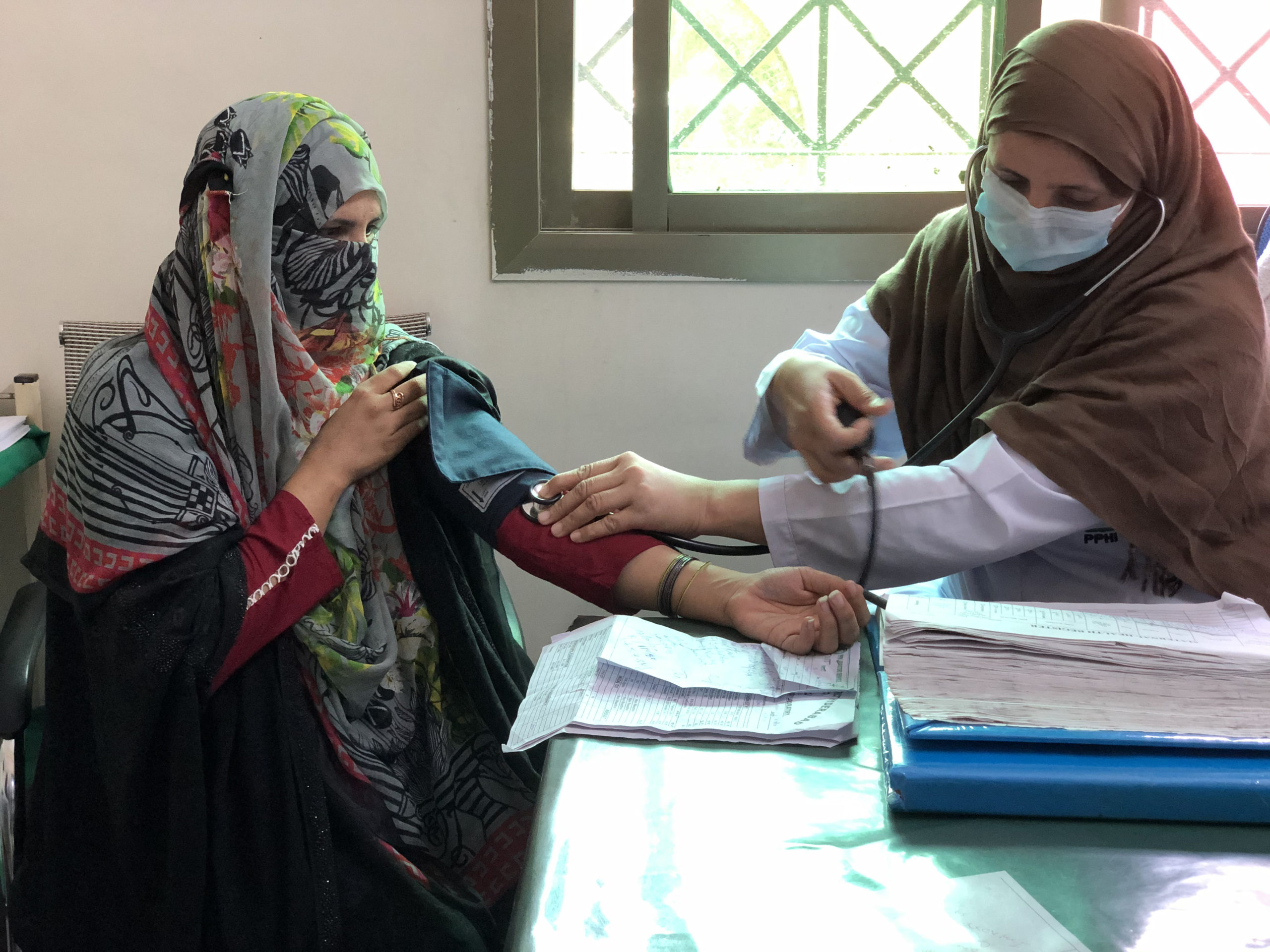
“There is an overall increase in the number of patients since solar panels were installed,” Zaib Dahar, a senior technical advisor at PPHI told The Third Pole. “There may be other contributing factors for this as well, for instance, the increase in working hours from six to 24.”
This became possible only after 144 photovoltaic (PV) panels of 25 kilowatts (KW) were laid out on the rooftop. This system powers the entire health centre, including the PPHI offices and the eight-bedroom guest house attached to it where PPHI staff from across Sindh stay during training.
Aside from Marvi Garden, PPHI has installed PV panels in over 650 of the 1,200 government-run health facilities since 2017.
Government follows
Inspired by this idea, the government of Sindh, too, decided to use solar power at the facilities it runs. “Between July 2020 and January 2021, some 225 facilities in 13 districts of Sindh have been equipped with solar panels upon the government’s request,” said Imtiaz Ali Shah, the director of the ‘alternative energy section’ at the provincial government’s energy department.
At a cost of PKR 480 million (USD 3 million), Shah said the project was conceived especially for villages in rural Sindh which were not connected to the grid, and “where people continue to face up to 10 hours of load shedding even if they are connected”.
Unreliable power can lead to deaths which are preventableImtiaz Ali Shah, Energy Department, Sindh government
“Unreliable power can lead to deaths which are preventable,” said Shah. “Vaccines lose their efficacy as the cold chain cannot be maintained. A working nebuliser can save a life before the critical person can be shifted to a healthcare facility. Without adequate sterilisation, we cannot prevent infections,” Shah said, outlining how critical an uninterrupted power supply is to saving lives.
“While most government-run basic health facilities are open six days for six hours, now with backup batteries, even in an emergency the health facility can provide the service – especially obstetric care.”
At a minimum, each facility has 3 KW solar panels, which can run six fans, six LED bulbs, a refrigerator for vaccines, a nebuliser and a steriliser.
“If emergency power is needed for the operation theatre, through load management, the non-essential equipment can be turned off,” Shah added.
While the government’s solar project and operations are contracted out to companies which installed the solar panels, PPHI has its own in-house team managing power at the health facilities.
“A single solar power system consists of more than 25 items,” said Syed Zeeshan Ali, the manager of PPHI’s power and energy department. “A team oversees them on a daily basis with electricians, supervisors and managers in every district.” Their work includes cleaning the panels, trimming trees around them as well as strength testing for uncertain weather and reporting.
Though an online monitoring system would have been ideal, said Ali, it is a practical challenge since most of the facilities are in far flung areas where internet and phone services are non-existent.
A ray of hope for mothers
Not only has the arrival of solar power improved working conditions and healthcare provision for medical staff and patients, provision of non-stop power can improve the country’s dismal scorecard on maternal and infant mortality, said Abdul Wahab Soomro, the chief executive officer of PPHI. The risk of complications to mothers and babies can be “substantially minimised” through provision of round-the-clock emergency obstetric and neonatal care.
“Mothers do not have to be referred to facilities except in very exceptional complications; the continued water supply reinforces better sanitation and thus minimises chances of catching infections,” Soomro said, adding that maintenance of a cold chain for vaccines is among the obvious positive outcomes of uninterrupted electricity.
According to the latest Pakistan Demographic and Health Survey (2017-18), 84% of all deaths among children in Pakistan take place before a child’s first birthday, with 57% occurring during the first month.
The same survey shows that in Pakistan, 66% of babies were delivered in a health facility, compared to 13% in 1990-91, 34% in 2006-07, 48% in 2012-13. The country stands at a whopping 3.6 births per woman according to the survey, a marginal decline from 3.8 in 2012-13.
The uninterrupted supply of electricity through this renewable source, said Soomro, can be a harbinger for an increase in the use of modern methods of family planning, and thus an improvement in Pakistan’s maternal mortality rate.
MHC records confirm Soomro’s views. Since 2014, when PPHI took over, there has been a significant increase in outpatient departments from 1,800 to 5,000 in 2017. Antenatal care rose from 38 to 141, family planning from 37 clients to over 100 and deliveries rose from four to over 100 per month.

Electricity a luxury in remote village
Sanjha Baloch recalled a time when she delivered babies with the help of the flashlight on her mobile phone. She considers non-stop power nothing less than a “luxury”.
Baloch said the increase in the number of institutional deliveries in the last four years is due to the arrival of solar power at the mother and child centre in the remote village of Khanot in Jamshoro district.
Out in the wilderness and disconnected from the national grid, in these areas the nights are the worst – especially in the summer months when temperatures soar to 40 degrees Celsius.
You cannot imagine the agony of a woman in labour in the scorching heat with the army of mosquitoes attacking her relentlessly and ruthlesslyAziza Rabnawaz, Khanot Mother and Child Health centre
“You cannot imagine the agony of a woman in labour in the scorching heat with the army of mosquitoes attacking her relentlessly and ruthlessly,” said Aziza Rabnawaz, a senior support staff member at the Khanot MHC.
For the midwives, working in the dark comes with many challenges. Aside from their own safety, Baloch said the mother’s life is at risk if they repair vaginal tears and manage post-birth bleeding in the light of a torch.
Pakistan’s maternal mortality ratio has decreased from 276 deaths per 100,000 live births in 2006-07 to 186, according to the latest Pakistan Maternal Mortality Survey (PMMS) from 2019. But a closer look at the breakdown shows that Sindh and Balochistan are at 224 and 298 maternal deaths per 100,000 live births respectively and continue to keep the overall mortality rate at an unacceptable high. Punjab has the lowest at 157, followed by Khyber Pakhtunkhwa at 165.

Many young women, like 20-something mother of two Reshma Peerzado, want to deliver in a facility. “This place [Khanot MHC] is about half an hour from my village Khasai, but I prefer coming here as opposed to going to a city [Jamshoro] which is also the same distance from my village,” she said. “It a clean, friendly environment.”
“They even turned on a heater in the night for me,” she said, thinking back to when she delivered her second child in the winter. Her village has no electricity, and many households generate their own power using solar panels, “but it’s not enough to turn on a heater”.
Having electricity in Khanot has also increased the number of hours staff spend at the centre, as there is no rush to go home. “I am better off in the centre, where there is water and light and a fan to keep us cool in the summer, than at home where we suffer long hours of power failure,” said Bakhtawar Khoso, another health worker.
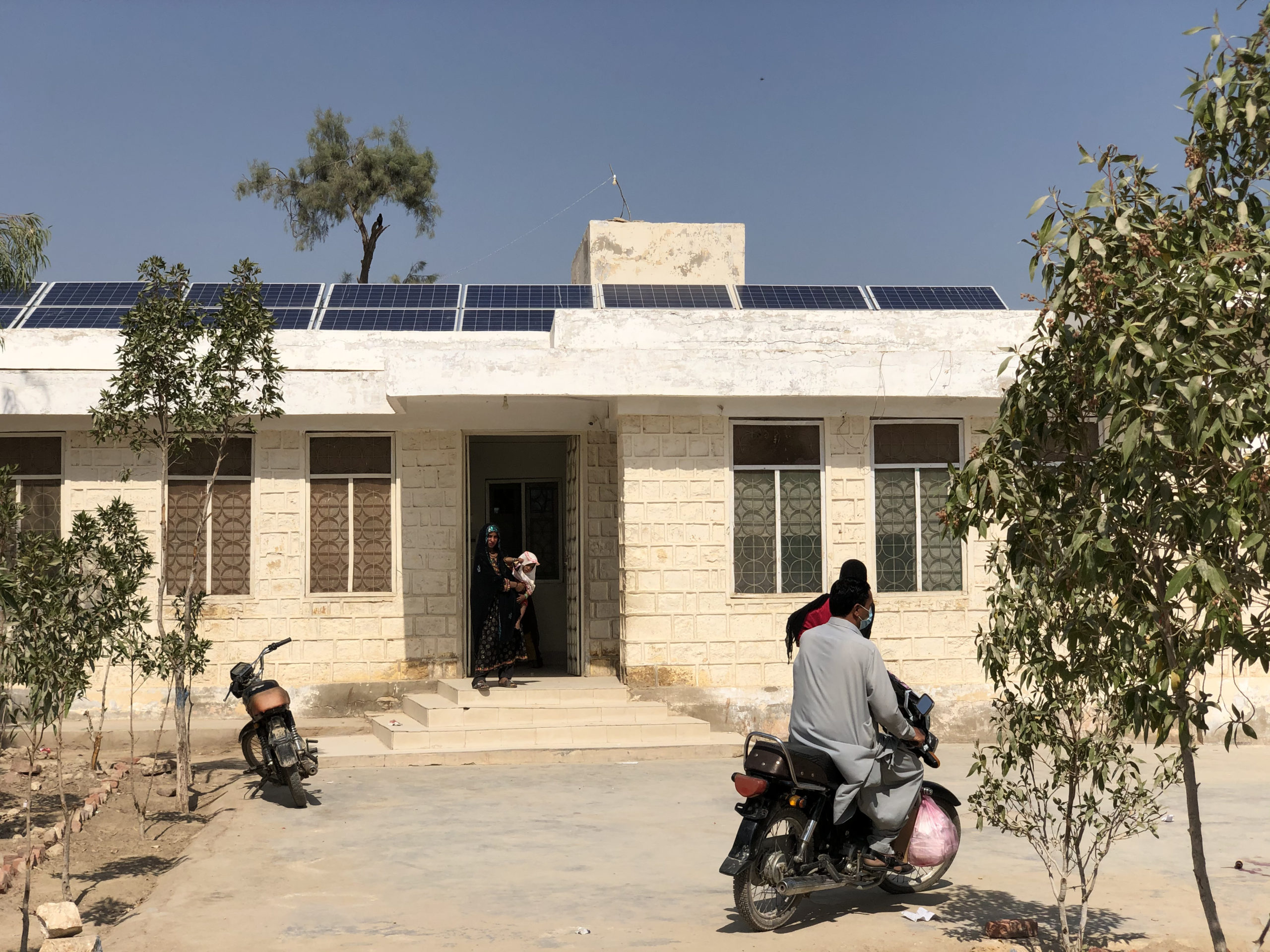
Samina Perween, the head of the Khanot MHC, points to a pile of registers on her desk and expressed hope that with an uninterrupted power supply, “we can digitise our work, which means less paperwork for us.”
Khoso agreed, saying that often women turned up without their files or ultrasound reports, sometimes even their children’s vaccination cards, saying they had lost them or that they were destroyed in the rain. “It takes us time to peer through these registers to find their records. Sometimes we have to run tests all over again. With their medical records in the computer’s memory, we will just have to enter the name and all their medical history will be before us.”
![<p>The 144 solar panels atop the Marvi Garden Mother and Child Health centre in Hyderabad, Sindh [Image by: Zofeen Ebrahim]</p>](https://dialogue.earth/content/uploads/2021/03/IMG_8205-scaled.jpg)

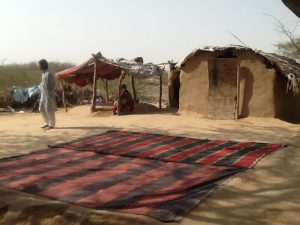
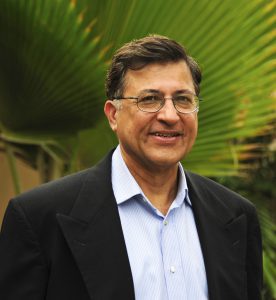

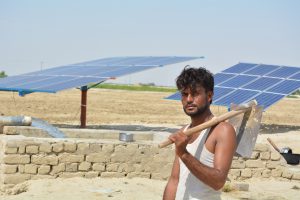

![Indian father riding on at electric three wheeler with his child [image: Suman Kumar / Alamy]](https://dialogue.earth/content/uploads/2021/05/2BHEFB6-300x200.jpg)
